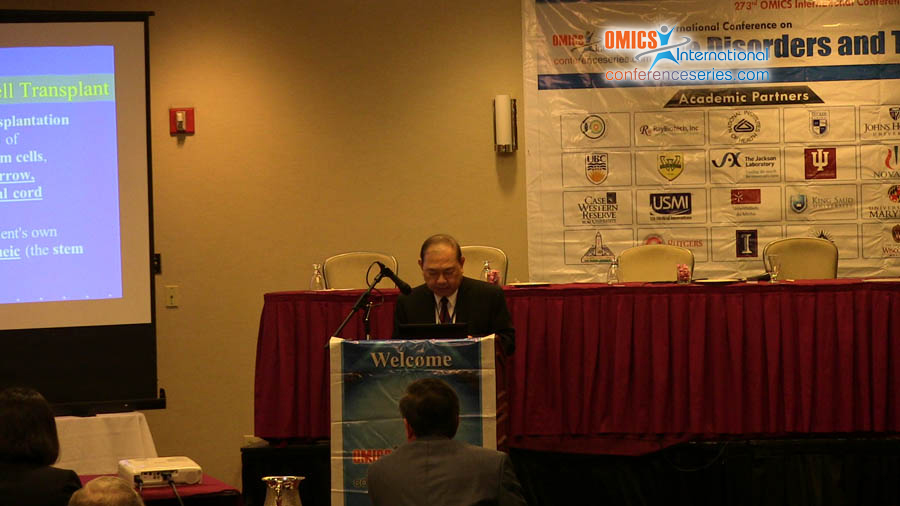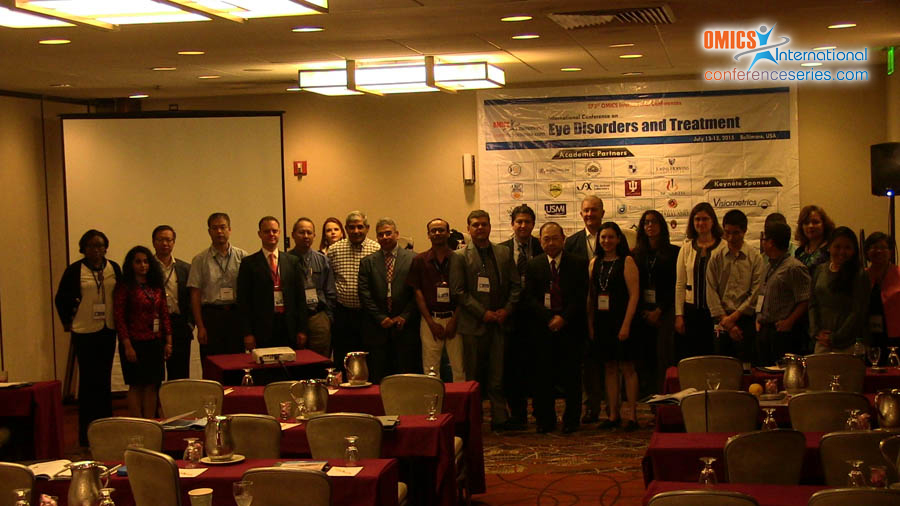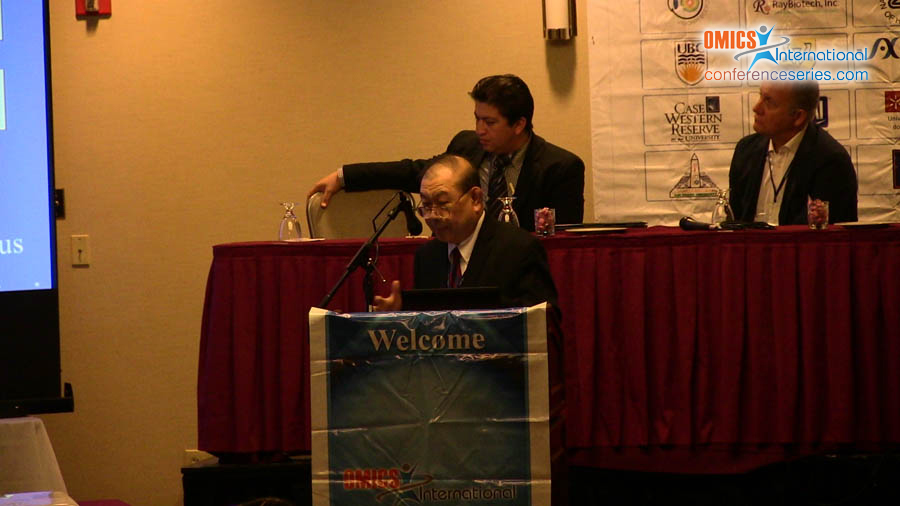
Manuel Datiles
National Institutes of Health, USA
Title: Age related cataract: Pathogenesis and possible therapy
Biography
Biography: Manuel Datiles
Abstract
Age-related cataract is the most common cause of blindness in the world, causing more blindness by many magnitudes\\r\\ngreater than the other causes of blindness. The only effective treatment is surgery, which requires expert surgeons and\\r\\nspecial equipment. Because of this, there is a backlog of millions of cataract cases around the world, as there are more new cases\\r\\neach year than can be treated by surgery. There is therefore a need for development of alternative medical treatment. It has been\\r\\nshown in laboratory studies that alpha-crystallin lens proteins act as anti-cataract molecular chaperone proteins, preventing\\r\\nthe aggregation of other lens proteins that cause the lens to become cloudy and cataractous. In the clinic, we have developed a\\r\\nNASA-NEI Dynamic Light Scattering (DLS) device that detects and measures alpha-crystallins in the lenses of patients safely\\r\\nand non-invasively. In a series of clinical studies done at the National Eye Institute of NIH, the Wilmer Eye Clinic of Johns\\r\\nHopkins University, and at the University of Tokyo, we found that as the alpha-crystallins proteins decreased in patients, there\\r\\nwas development and progression of nuclear cataracts, in both cross sectional and longitudinal studies. In addition, there\\r\\nwas also a consistent decrease of alpha-crystallin associated with normal aging. These clinical studies support the hypothesis\\r\\nthat alpha-crystallins serve as the built-in, endogenous anti-cataract protein in the lens. Hence as long as one has sufficient\\r\\nsupplies in the lens, one can avoid cataract; but when one’s supplies dwindle, then one develops cataracts. Recently, we looked\\r\\nat the distribution of alpha crystallins in the different compartments of the lens. We studied 112 patients from 20 to 90 years\\r\\nof age (Mean±SD: 54.63±13.32 years) of whom 51 were female. This study was approved by NEI-IRB and all tenets of the\\r\\nDeclaration of Helsinki were followed. Each participant gave their written informed consent. The NEI-NASA DLS device was\\r\\nused to measure alpha-crystallin index (ACI) in vivo at nuclear, anterior and posterior cortical areas in participants’ lenses.\\r\\nParticipants were examined by slit-lamp and lenses were graded using the AREDS system.\\r\\nResults: DLS assessment in normal clear lenses revealed that ACI was significantly abundant at lens nucleus (16.17±6.20%)\\r\\nand anterior cortex (15.67±9.03%), compared to posterior cortex (12.44±7.35%, both p<0.05). There was a significant inverse\\r\\ncorrelation between age and DLS -ACI at all three regions in non-cataractous lens: specifically, ACI significantly decreased\\r\\n0.40±0.05%, 0.30±0.03% and 0.18 ± 0.07% per year at nucleus, anterior cortex, and posterior cortex respectively (all, p<0.05).\\r\\nWe also found great variability in the ACI distribution among young normal.\\r\\nConclusion: ACI is highest in the lens nucleus, followed by the anterior cortex and is lowest in the posterior cortex. There was a\\r\\ndecrease in alpha crystallin proteins in all compartments associated with aging, as well as with cataract progression, consistent\\r\\nwith previous findings. There was also a great variability in ACI distribution in young normal which may suggest genetic\\r\\nvariability. Preservation of one’s lens alpha-crystallin proteins may help minimize one’s risk for age-related cataract.



